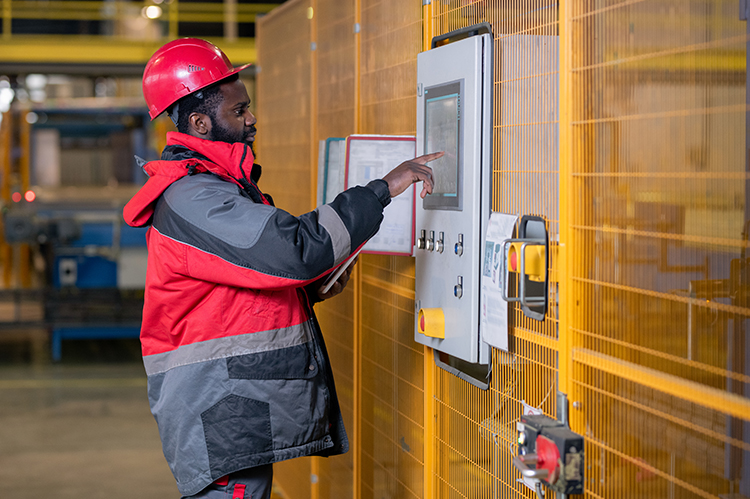MV Switchboard Design for High Altitude
Article ReleasedSep 08, 2020
[Sassy_Social_Share]
Whenever we talk of MV Switchboard design, then IEC 62271‐200 comes to our mind immediately. But we know that this standard is applicable for service condition like maximum average ambient temperature +35⁰ C and a lower limit of ‐5⁰ C for indoor installation, maximum humidity of 95% for 24hrs and an altitude of ≤1000 meter. Other parameters like pollution level, air pressure can also be referred from IEC 62271‐1. These service conditions are being called normal service conditions.
Service conditions beyond these parameters are defined as special service condition by the IEC. Here we will focus on special service condition especially high altitude to be more precise. We can take an example of Leh in India which is situated at an altitude of 3500 Meter and temperature varies from +30⁰ C to ‐15⁰ C which is not a normal operating condition as IEC.
The design and application of electrical systems at elevations in excess of 1000 m (3000 ft) requires knowledge of the effects of atmospheric conditions on each particular component. Relative air density of air decreases by 1% for every 100M above mean sea level. Failure to understand the phenomenon and effects of high altitude in the design and application of the equipment may result in its poor performance, premature aging, and/or failure.
But what changes at high altitude which impacts the life & performance of the Switchboard? There are four major atmospheric condition viz relative air density, atmospheric pressure, temperature and relative humidity which impact the switchboard design and performance. For special service conditions IEC advises for use of correction factor as detailed below.
Impact of Altitude on Current-Carrying capacity:
Temperature & barometric pressure together determines the relative air density. The relative air density decreases with an increase in Altitude. Lower air density reduces its convective capability and overall heat transfer capacity. All air insulated switchboards are mainly dependent on air for heat removal. That means current carrying capacity of the system will decrease so need to apply correction for current rating of the system. As per IEC 60071‐2
Current correction factor = 1‐0.02*(H‐1000)/1000 for system voltage more than 1KV
Where H is altitude over mean sea level in meter
Impact of Altitude on Insulation Level:
We all know that Air is a good insulator & Vacuum is even better, so the analogy is that thinner air is better insulator but the fallacy is, it’s not. Paschen’s law says dielectric properties of the air changes with altitude. It proved that at higher altitude air is not good as an insulator until it reaches a good vacuum. So creapage and clearances also needs to be taken care of on account of reduced insulation level. Due to reduction in insulation properties of air, as per IEC 60071‐2, we need to apply voltage correction factor.
Voltage correction factor = em(H‐1000)/8150 for system voltage more than 1KV
Where H – Altitude above mean sea level
m – 1 for industrial frequency voltages supported by clean insulators
So we need to apply suitable corrections for current and voltage at high altitude as stated above. The best preferred solution at high altitude for medium & high voltage application is Gas or Solid Insulated Switchgear. In India “Central Electricity Authority” also advises for Gas or Solid Insulated switchgear for high altitude application.
Note: This article is being compiled for benefit of all switchboard designers. References are being taken from IEEE & IEC.

